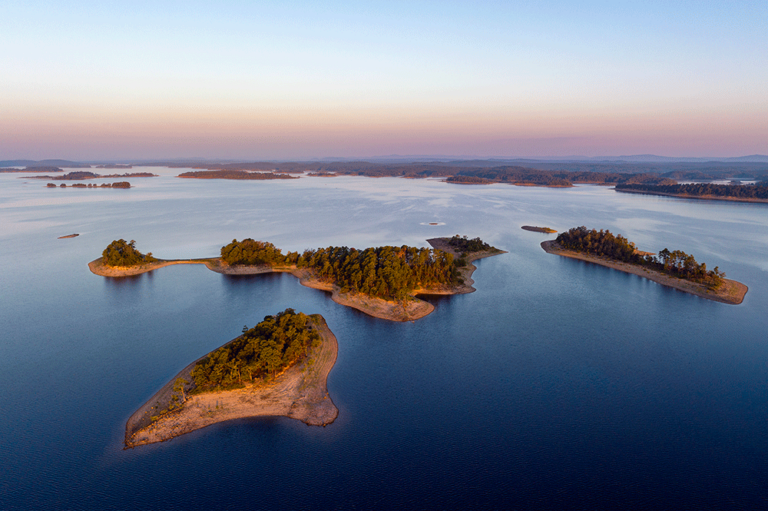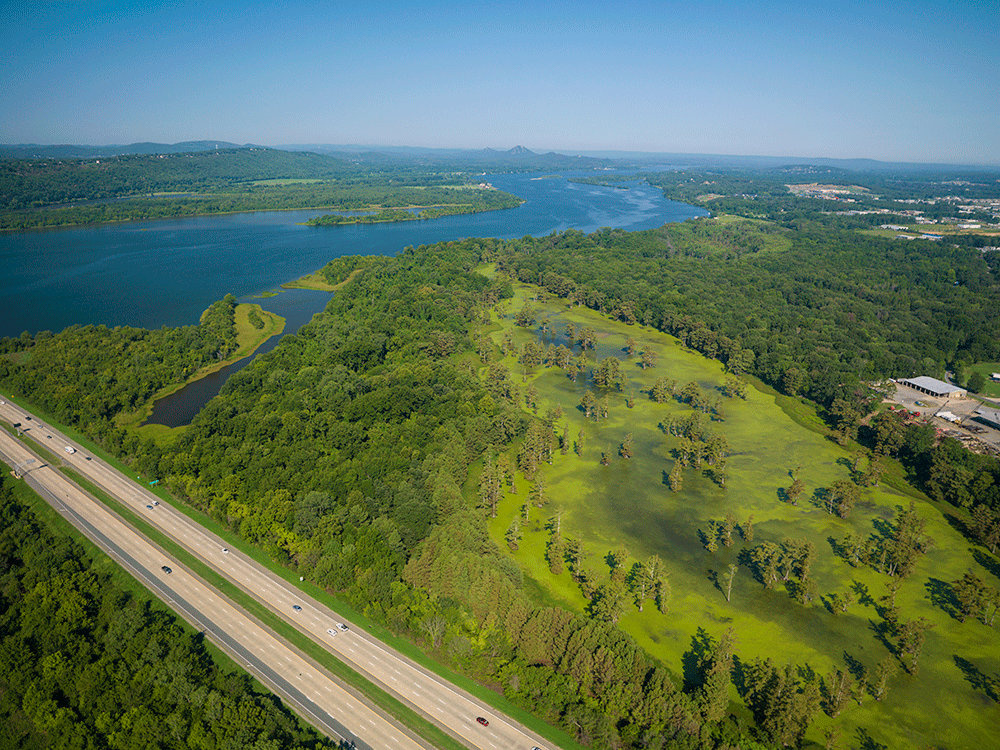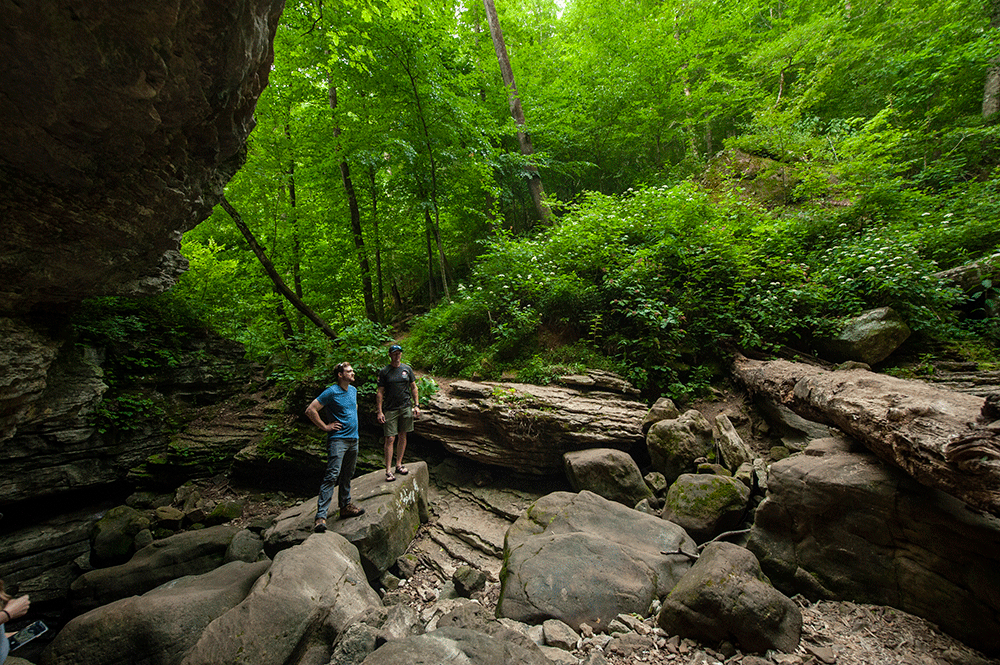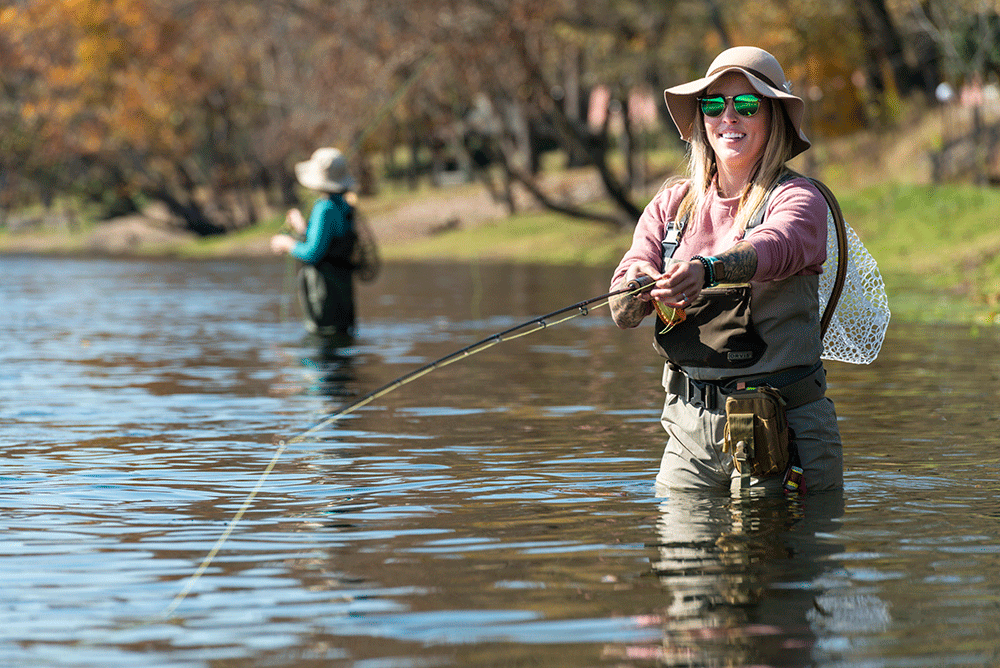Why Arkansas is Called The Natural State
Uncover some of the beautiful qualities that make the state’s nickname stand true.

Cross into Arkansas, and you’ll be greeted with a sign that reads, “Welcome to The Natural State,” a nickname that the state has carried for nearly three decades. And, as it turns out, this moniker is pretty self-explanatory.
“Come here and take 10 minutes looking around, and you’ll figure it out,” Arkansas state historian David Ware says with a chuckle. “Arkansas is a place where you basically can walk out your door, go 5 miles out of town and immerse yourself in nature.”
From the mountains in the northern and western parts of the state to the prairies in the south and east, Arkansas is filled with natural beauty and wildlife that are easily seen and enjoyed.
“The geography of our state lends itself to a diverse offering of activities,” says Katherine Andrews, director of the Arkansas Office of Outdoor Recreation. “There are more than 87,000 miles of streams and rivers, 600,000 acres of lakes, thousands of miles of hiking and biking trails, and millions of acres of public land. Outside of ocean activities or major snow sports, we have it all.”
Ahead uncover some of Arkansas’ beautiful qualities that make its Natural State nickname stand true.
In This Article
Lakes in Arkansas
Perhaps the best place in Arkansas to appreciate its beauty is Lake Ouachita, located near Hot Springs in the Ouachita Mountains. Spread out over 40,000 acres, it is the state’s largest lake.
It’s not just the size of Lake Ouachita that makes it so special. It’s the lack of any major development along the shoreline – other than a few resorts and campgrounds (including camping areas on some of the lake’s approximately 200 islands). Additionally, the clear water provides ideal conditions for fishing and even scuba diving.
“Lake Ouachita is an incredibly pristine place,” Andrews says. “It’s truly wilderness, and that makes it very special.”
Other popular lakes include DeGray Lake off Scenic 7 Byway southwest of Hot Springs (with a 90-room lodge and a conference center), Greers Ferry Lake in the Ozark Mountains north of Little Rock (highlighted by the 1,000-foot-tall Sugar Loaf Mountain Island in the middle of the lake), and Beaver Lake in the northwest corner of the state between Eureka Springs and Rogers (known for its tall bluffs).

Rivers in Arkansas
Two of the five longest rivers in the Lower 48 states either cut through or border Arkansas. The Mississippi River forms the state’s eastern edge, while the namesake Arkansas River slices diagonally from Fort Smith to its confluence with the Mississippi near the unincorporated community of Kelso.
But for many Arkansas residents, the true pride of the state is the much smaller Buffalo National River, which in 1972 was the first waterway in the U.S. to receive official congressional designation as a national river.
The Buffalo flows for more than 135 miles across northern Arkansas, and according to the National Park Service, it is one of the few remaining undammed rivers in the Lower 48. The river transitions from rapids to calm stretches as it passes through the Ozark Mountains until it connects with the White River near, appropriately enough, Buffalo City.
“The Buffalo National River is the gem of Arkansas,” Andrews says. “It is something everyone needs to experience. It’s just gorgeous.”
Other impressive water features include Hemmed-in Hollow Falls near Compton, which, at 200 feet, is the tallest waterfall between the Rockies and the Appalachians, and Bayou Bartholomew, which travels for more than 350 miles from Pine Bluff into Louisiana, making it the longest bayou in the world.

Mountains in Arkansas
There are basically only two mountain ranges in Arkansas: the Ozarks and the Ouachitas, but they are stunningly diverse. Plus, they offer numerous opportunities for hiking, biking, boating and camping.
The Ouachita Mountains are home to numerous lakes, along with a mix of pine and hardwood forests. Geographically, the range is a bit of an oddity, as it runs east-west instead of north-south. Visually, the Ouachitas provide spectacular views in any direction.
Meanwhile, the Ozark Mountains are more of a series of plateaus, rather than a typical mountain range. Stretching north into Missouri, the Ozarks are filled with streams and rivers, caves, springs and sinkholes.
“They’re not the super-tall peaks of the Rockies, but the Ozark Mountains are incredibly hilly,” Andrews says. “Instead of just one large mountain, it’s a hill, then a mountain, then a valley, then another hill. If you enjoy mountain biking, that’s the place to go, because you’ll be tackling multiple peaks.”

Wildlife in Arkansas
Andrews sums up the diversity of wildlife in Arkansas this way: “It’s the only state where you can hunt both an elk and an alligator” – though there is plenty of other wildlife in between.
Anglers enjoy everything from fly-fishing for trout in the Ozarks to catching bass along the Mississippi River Delta. Birdwatchers also flock to Arkansas to view the more than 400 species that are native to the state. Then, there is the black bear, whose population has increased 10-fold in recent decades and is now estimated at approximately 4,000, though there used to be many, many more.
“It is one of the most successful reintroductions of a large mammal species anywhere in the world,” Andrews says. “The Arkansas Game and Fish Commission has been very integral to the process of curating an abundance of wildlife throughout the state.”
This article was sponsored by Arkansas Tourism.
